Notes from Nola – “Morning Star, O Cheering Sight!”
The Moravian Music Foundation preserves, shares, and celebrates Moravian musical culture.
Yes, ‘tis the season – it’s almost Advent now, which means the stores have only had their Christmas items out for over a month already … But I know you’re thinking about Christmas – as are all the musicians, dieners, ushers, coffee-makers, and everyone who shares responsibility for our lovely Christmas celebrations.
A favorite Moravian Christmas tradition is the singing of Morning Star, that wonderful antiphonal hymn sung by a soloist or small group and congregation – often featuring children or youth as the soloists. So what do we know about this beloved song?
Using the imagery of the Morning Star found in Revelation 22:16, this text presents the claim of the Savior to bring light into the theological and moral darkness of humanity.
The original text was penned by Johann Scheffler (1624-1677), a Silesian physician influenced by the mystical writings of Jacob Böhme. Scheffler, also known as Angelus Silesius, joined the Roman Catholic Church in 1653, was ordained priest and became a leader of the Counter Reformation. N. L. von Zinzendorf included 79 of his hymns in a 1727 collection. The text has disappeared from German Lutheran hymnals today and has come to be seen as a “Moravian hymn” by our virtual monopoly of usage.
The translation was done by Bennet Harvey, Jr. (1829-1894), a Moravian missionary in the West Indies and one of the revisers of the British Moravian Hymnbook of 1886. An earlier translation by Martin Hauser (1799-1875) appears in the Moravian Book of Worship at hymn 323 where the Epiphany is more strongly emphasized.
The tune was composed by Moravian minister and composer Francis Florentine Hagen (1815-1907), in 1836 when he was teaching at the Boys’ School in Salem. It was published as sheet music with Hauser’s translation and probably used by choirs until its appearance in the Offices of Worship (1891). A 1705 tune by Johann Freylinghausen (1670-1739) is still used in many other provinces of the Moravian Church.
Hagen was born and grew up in Salem, North Carolina, and received theological training at the Moravian Theological Seminary in Pennsylvania. Though he was always devoted to music, he, like so many other Moravian composers, spent his professional life first as a teacher and then as pastor of several congregations. His musical style reflects eighteenth-century Moravian roots blended with influences of later Romanticism. His compositions include anthems, an orchestral overture, solo songs, solo piano works, and both original compositions and arrangements for organ, many of which were published during his lifetime. He died at Lititz, Pennsylvania, on July 7, 1907.
Note: This writeup was “lifted” from Moravian Advent and Christmas Hymns by the Rev. Albert H. Frank, a publication which features the music and information about 39 hymns for Advent and Christmas. The publication also includes a recording and is available from our offices and online – see https://moravianmusic.org/product/moravian-advent-and-christmas-hymns/ to order yours!
Next time … Who are the Moravian Music Foundation’s “constituents”?
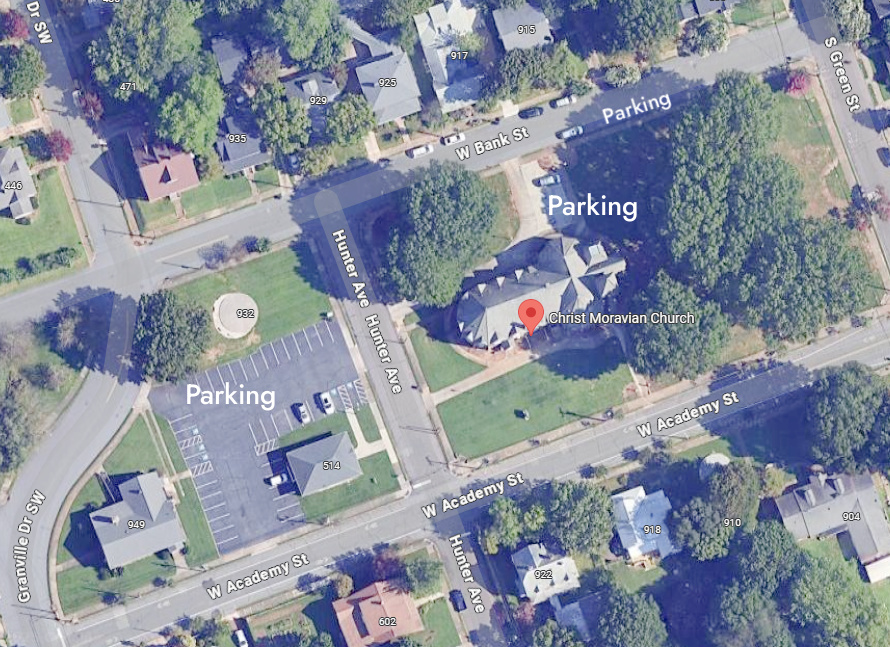
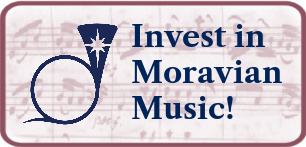

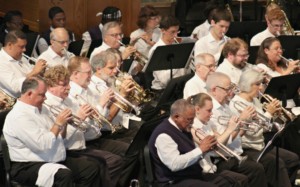
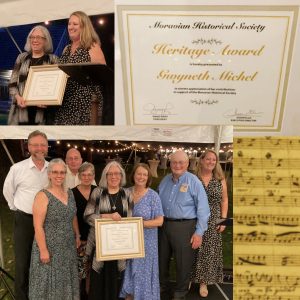
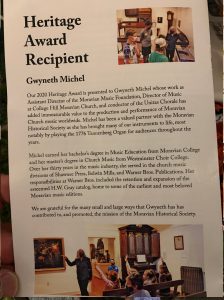
Leave a Reply